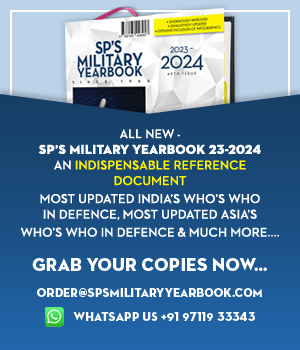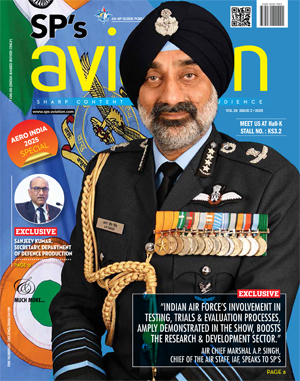INDIAN ARMED FORCES CHIEFS ON OUR RELENTLESS AND FOCUSED PUBLISHING EFFORTS
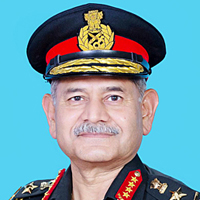
The insightful articles, inspiring narrations and analytical perspectives presented by the Editorial Team, establish an alluring connect with the reader. My compliments and best wishes to SP Guide Publications.
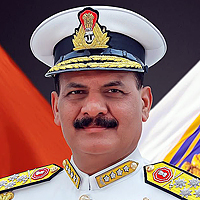
"Over the past 60 years, the growth of SP Guide Publications has mirrored the rising stature of Indian Navy. Its well-researched and informative magazines on Defence and Aerospace sector have served to shape an educated opinion of our military personnel, policy makers and the public alike. I wish SP's Publication team continued success, fair winds and following seas in all future endeavour!"

Since, its inception in 1964, SP Guide Publications has consistently demonstrated commitment to high-quality journalism in the aerospace and defence sectors, earning a well-deserved reputation as Asia's largest media house in this domain. I wish SP Guide Publications continued success in its pursuit of excellence.
Coming to an End
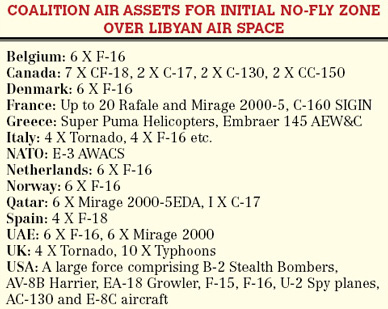
The Libyan freedom war has brought to the fore the relevance of air power wherein a ragtag rebel ground force with little knowledge of conducting military operations could still overpower a much superior adversary with the help of a properly planned and well-executed air campaign—in this case by the NATO forces
As of September 1, 2011, Tripoli has been overwhelmed by the rebel forces and taken control of by the opposition National Transition Council (NTC), with the Libyan despotic ruler for 42 years consigned to a distant desert-hole. While the final battle may still have to be fought, it is almost certain that the days of the Gaddafi regime are over. The Libyan freedom war has also brought to the fore the relevance of air power wherein a rag-tag rebel ground force with little knowledge of conducting military operations could still overpower a much superior adversary with the help of a properly planned and well-executed air campaign—in this case by the North Atlantic Treaty Organisation (NATO) forces.
It all started when concerned with the appalling possibility of genocide and mass murder by Colonel Gaddafi’s forces advancing onto the rebel-held city of Benghazi in Eastern Libya, and spurred by a large number of nations belonging to the Arab League, the United Nations Security Council (UNSC) finally took measures to prevent the impending massacre. UNSC Resolution 1973 adopted on March 17, 2011, was to enforce a ‘no-fly zone’ over the Libyan airspace to prevent Gaddafi’s aircraft from attacking civilian targets opposed to the regime and stop air-logistic support for his ground forces.
Armed with the UNSC Resolution 1973, the coalition forces led by the United States lost little time to intervene militarily in Libya. Within 48 hours of the adoption of the ‘resolution,’ military action was well on its way to impose a ‘no-fly zone’ over the Libyan airspace. First on the scene were the hundred plus Tomahawk cruise missiles unleashed on the very first day by the coalition naval warships and submarines already patrolling in the Mediterranean waters off the Libyan coastline. These largely targeted the Libyan air defence radars and weapons such as its large arsenal of Soviet-built surface-to-air missile (SAM) sites. Destruction of an adversary’s air defences becomes the first priority in the process of imposing a ‘no-fly zone’ over its airspace as it ensures freedom of friendly aircraft to carry out their missions without being engaged by its ground-based weapon systems.
A large number of nations contributed their air resources for the effort under different code names for air operations such as Operation Mobile for Canada, Operation Harmattan for France and Operation Elammy for the UK. The US in combination with Italy, Denmark and Norway named it Operation Odyssey Dawn (see box for a list of the countries which constituted the allied force with their commitments for imposition of the UNSC ‘no-fly’ resolution).




